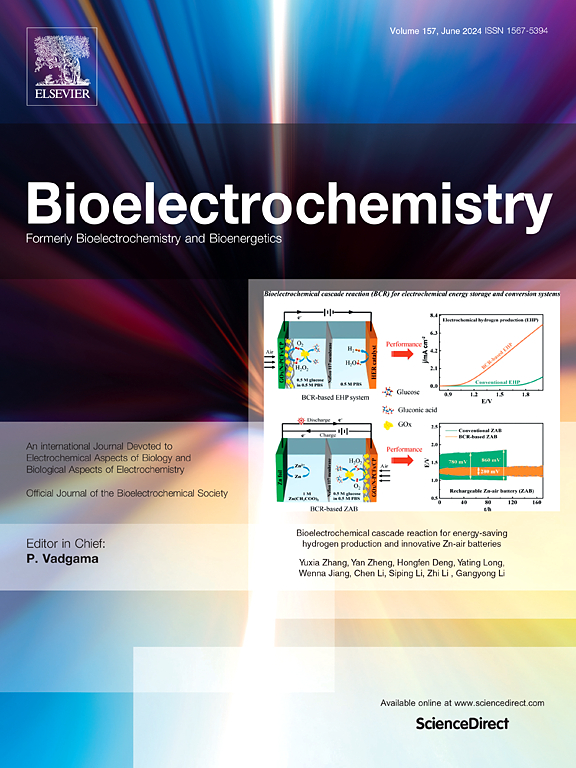Not just a witness: Highlighting the utility of witness social defeat stress for the examination of neuroimmune-cardiovascular interactions across diverse populations
IF 3.6
2区 医学
Q1 NEUROSCIENCES
引用次数: 0
Abstract
Exposure to stress has widespread pathological consequences in terms of neuropsychiatric disorders and cardiovascular disease. Psychosocial stressors represent the most highly impactful and commonly experienced form of stress and, in preclinical studies, have been found to induce distinct overlapping immune and cardiovascular alterations. Historically, the social defeat model has been fundamental in providing insights into the autonomic and neuroimmune mediators of cardiovascular dysfunction in the face of social stress exposure. However, this procedure relies on aggressive, physical interaction between rodents and is limited by its almost exclusive application to young adult males. This challenges the possibility of using social defeat to generate data in rodents that can be translated into social stress-related processes in both men and women across the lifespan. More recently, a novel vicarious social defeat procedure has been developed, wherein a rodent bears witness to an aggressive social defeat encounter between two males from the safety of an adjacent compartment. This review first discusses the existing data regarding stress-induced cardiovascular alterations and the underlying autonomic and neuroimmune mediators of social defeat while critically discussing the limitations of this model. New prospects are then offered based on recent findings across a diverse population of rodent species, sexes, and ages to support the use of vicarious/witness social defeat model as an optimal strategy to investigate social stress-related autonomic, neuroimmune, and cardiovascular processes using more comprehensive and inclusive methods.
不仅仅是一个证人:强调证人社会失败压力在不同人群中神经免疫-心血管相互作用检查中的效用
暴露于压力在神经精神疾病和心血管疾病方面具有广泛的病理后果。心理社会压力源是最具影响力和最常见的压力形式,在临床前研究中,已发现可诱导明显重叠的免疫和心血管改变。从历史上看,社会失败模型在提供面对社会压力暴露时心血管功能障碍的自主神经和神经免疫介质的见解方面是基础的。然而,这种方法依赖于啮齿动物之间的攻击性身体相互作用,并且几乎只适用于年轻的成年雄性,因此受到限制。这挑战了利用社会失败在啮齿动物中产生数据的可能性,这些数据可以转化为男性和女性一生中与社会压力相关的过程。最近,一种新的替代性社会失败程序被开发出来,其中一只啮齿动物从相邻的安全隔间见证了两只雄性动物之间的攻击性社会失败遭遇。这篇综述首先讨论了关于压力诱导的心血管改变和潜在的自主神经和神经免疫介质的现有数据,同时批判性地讨论了该模型的局限性。基于最近对不同啮齿动物种群、性别和年龄的研究结果,研究人员提供了新的前景,以支持将替代/见证社会失败模型作为一种最佳策略,使用更全面和包容的方法来研究与社会压力相关的自主神经、神经免疫和心血管过程。
本文章由计算机程序翻译,如有差异,请以英文原文为准。
求助全文
约1分钟内获得全文
求助全文
来源期刊

Neurobiology of Stress
Biochemistry, Genetics and Molecular Biology-Biochemistry
CiteScore
9.40
自引率
4.00%
发文量
74
审稿时长
48 days
期刊介绍:
Neurobiology of Stress is a multidisciplinary journal for the publication of original research and review articles on basic, translational and clinical research into stress and related disorders. It will focus on the impact of stress on the brain from cellular to behavioral functions and stress-related neuropsychiatric disorders (such as depression, trauma and anxiety). The translation of basic research findings into real-world applications will be a key aim of the journal.
Basic, translational and clinical research on the following topics as they relate to stress will be covered:
Molecular substrates and cell signaling,
Genetics and epigenetics,
Stress circuitry,
Structural and physiological plasticity,
Developmental Aspects,
Laboratory models of stress,
Neuroinflammation and pathology,
Memory and Cognition,
Motivational Processes,
Fear and Anxiety,
Stress-related neuropsychiatric disorders (including depression, PTSD, substance abuse),
Neuropsychopharmacology.
 求助内容:
求助内容: 应助结果提醒方式:
应助结果提醒方式:


